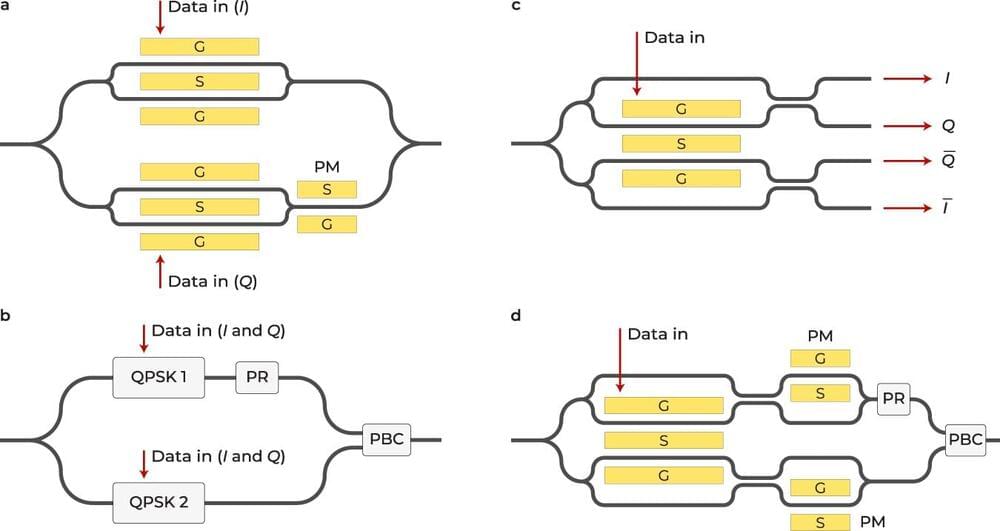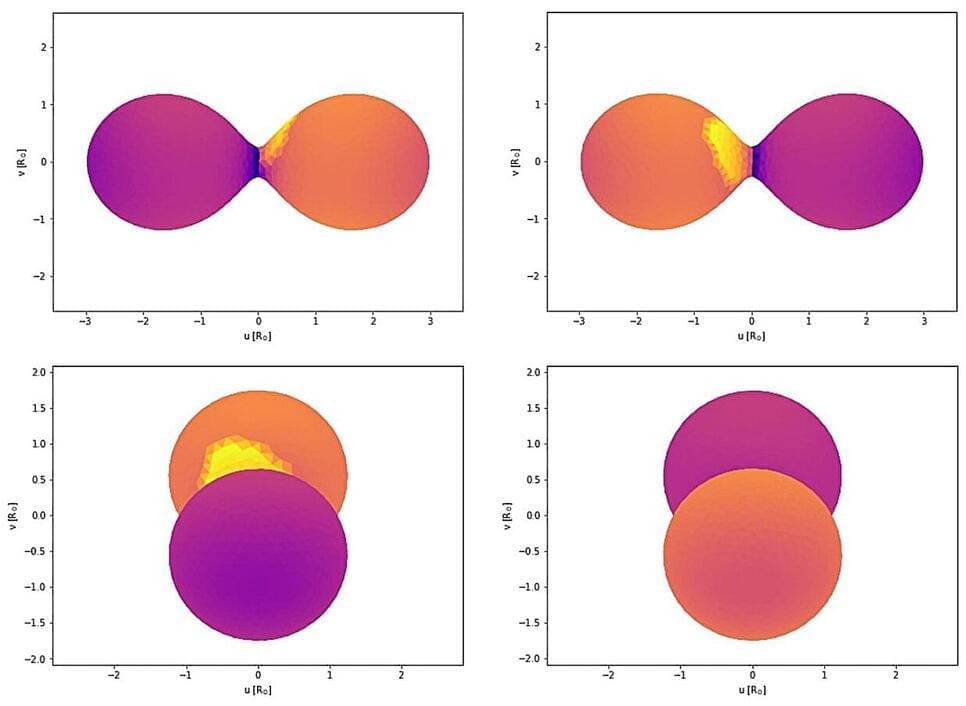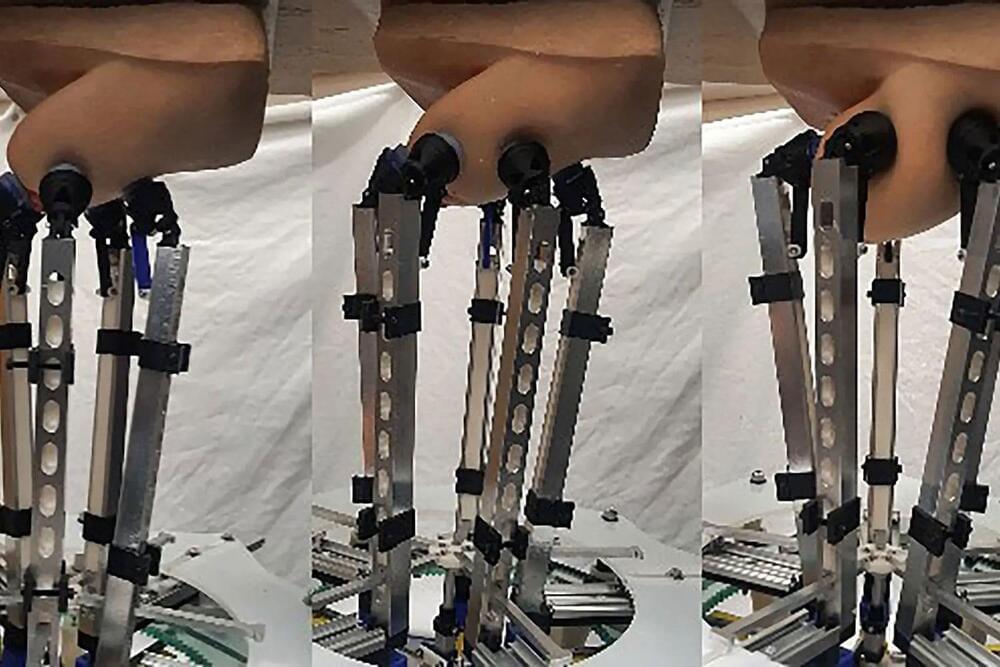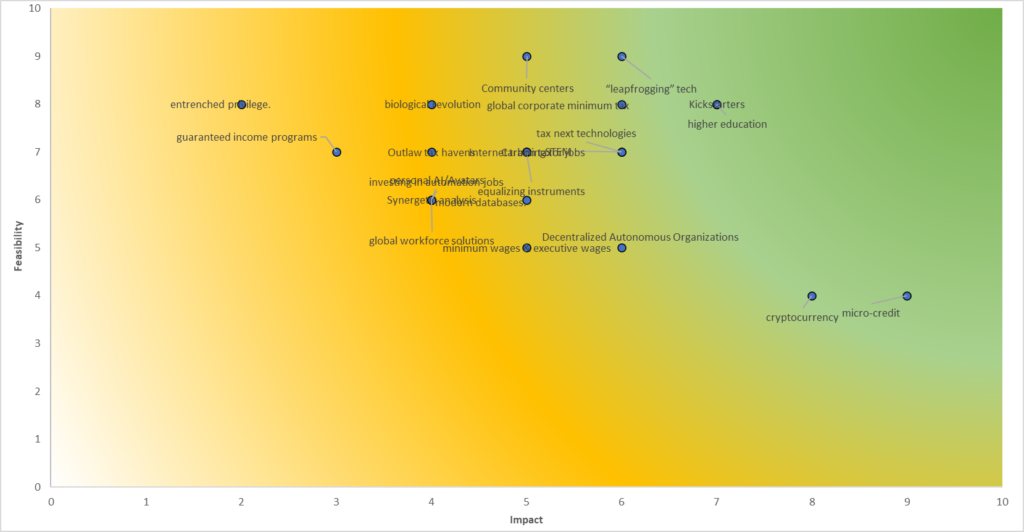Cancer relies on metabolism pathways to grow, which has Rogel Cancer Center researchers looking at how to use food and diet to exploit cancer’s vulnerabilities as a foundation of new potential therapies.
Learn more about the cancer research being done at University of Michigan Health Rogel Cancer Center: https://www.rogelcancercenter.org/research/programs.
Follow michigan medicine on social media:
Twitter: https://twitter.com/umichmedicine.
Instagram: https://www.instagram.com/umichmedicine/
Facebook: https://www.facebook.com/MichiganMedicine/
Follow the Rogel Cancer Center at Michigan Medicine on Social Media:
Twitter: https://twitter.com/umrogelcancer.
Facebook: https://www.facebook.com/UMRogelCancerCenter/






